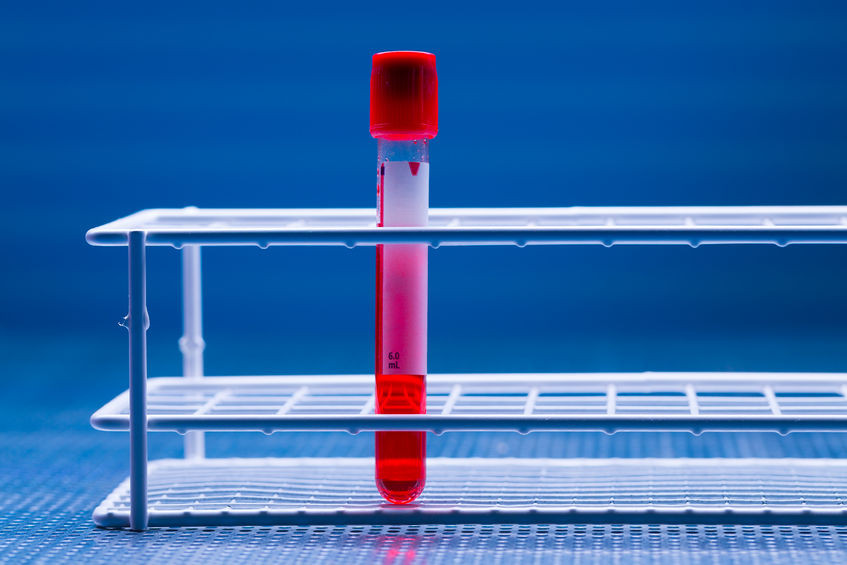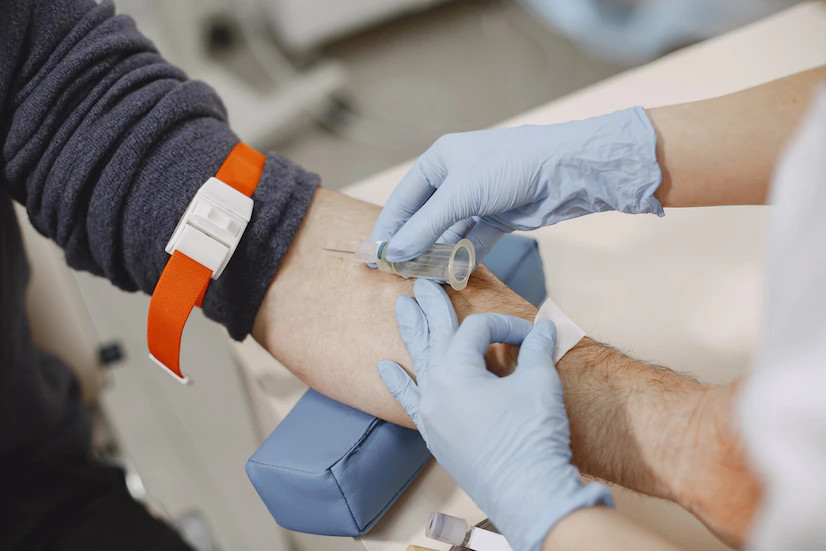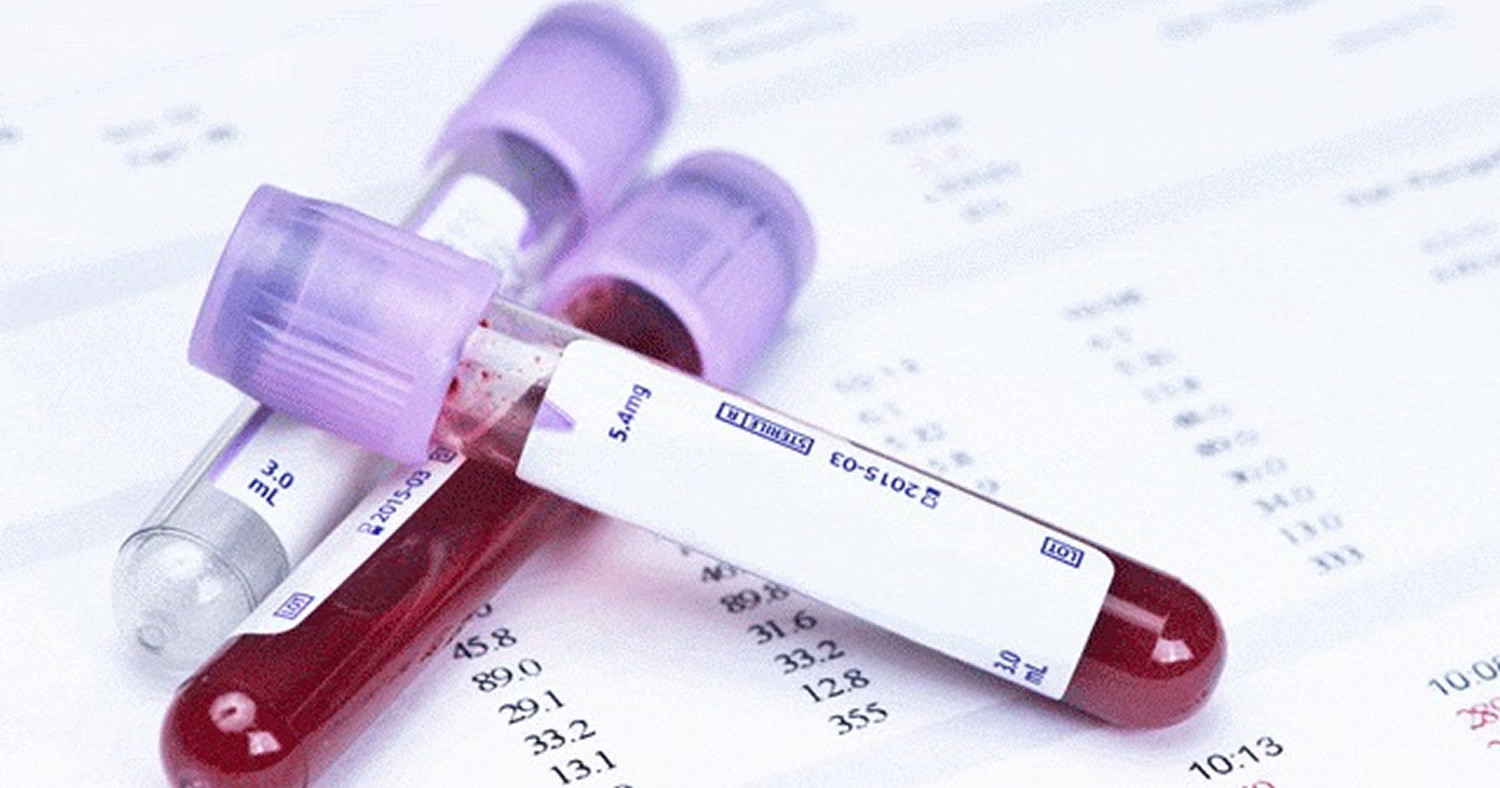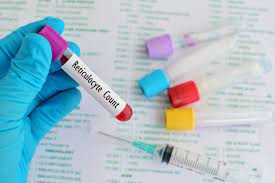Definisi
Pemeriksaan gambaran darah tepi atau apus darah tepi, serta dikenal juga dengan peripheral blood smear test adalah pemeriksaan sel darah bagian padat, yaitu sel darah merah, sel darah putih, dan trombosit. Tujuan pemeriksaan gambaran darah tepi adalah untuk memeriksa ukuran dan bentuk dari sel darah bagian padat, serta perkiraan perhitungan sel darah putih dan trombosit.
Indikasi
Pemeriksaan gambaran darah tepi dilakukan untuk membantu diagnosis dan memonitor beberapa kondisi seperti kelainan darah, kondisi gagal organ seperti ginjal dan hati, serta pengobatan kanker tertentu. Beberapa kondisi kelainan darah yang dimaksud adalah sebagai berikut:
- Anemia (kondisi sel darah merah lebih sedikit dibanding normal) dan anemia karena faktor nutrisi
- Leukopenia (kondisi sel darah putih lebih sedikit dibanding normal)
- Trombositopenia (kondisi sel trombosit lebih sedikit dibanding normal)
- Leukositosis (kondisi sel darah putih lebih banyak dibanding normal)
- Limfositosis (kondisi sel limfosit meningkat)
- Kanker dengan keterlibatan sumsum tulang
Kontraindikasi
Tidak ada kontraindikasi khusus terkait pemeriksaan gambaran darah tepi.
Persiapan Sebelum Pemeriksaan
Pemeriksaan gambaran darah tepi tidak membutuhkan persiapan khusus. Anda perlu menginformasikan kepada dokter bila mengonsumsi obat tertentu.
Prosedur Pemeriksaan
Pemeriksaan gambaran darah tepi sangat sederhana. Petugas laboratorium akan membersihkan lengan Anda dengan alkohol steril dan mengambil sedikit darah Anda dari pembuluh darah vena di lengan menggunakan spuit steril. Pada bayi, pengambilan darah dilakukan pada tumit. Selanjutnya, darah akan dimasukan ke dalam tabung darah dan diperiksa oleh petugas laboratorium di bawah mikroskop atau mesin khusus.
Risiko pemeriksaan dalam darah sangat kecil. Beberapa orang merasakan nyeri, pusing, dan memar saat pengambilan darah. Namun, hal ini biasanya hilang dengan cepat.
Nilai Normal dan Abnormal
Hasil pemeriksaan normal berupa bentuk ukuran sel darah dengan ukuran dan warna yang normal. Hasil pemeriksaan normal bila penampakan sel darah merah normal dan sel darah putih dapat dibedakan. Tingkatan normal dapat sedikit berbeda tiap laboratorium sehingga konsultasikan dengan dokter Anda terkait hasil pemeriksaan.
Sel Darah Merah
Sel darah merah normal berukuran seragam dengan diameter 7 - 8 µm dan tidak memiliki neukleus atau inti sel seperti kebanyakan sel lain. Bentuk sel darah merah bulat dan datar seperti donat dengan sedikit kubangan pada bagian tengah (boconcave). Hemoglobin dalam sel darah merah membuat warna kemerahmudaan dengan warna pucat pada bagian tengah.
Sel Darah Putih
Pemeriksaan sel darah putih dilakukan juga dengan pemeriksaan jenis leukosit, yaitu:
- Neutrifil: berukuran 10 - 18µm, memiliki sitoplasma dengan bintik merah muda atau ungu. Neutrofil merupakan penyusun mayoritas dari sel darah putih dan berfungsi dalam pertahanan melawan infeksi.
- Eosinofil: berukuran 10 - 15 µmdan mudah dikenali dengan bintik besar dan berwarna merah keorangean. Umumnya dalam jumlah kecil (1-3%) dan meningkat bila terjadi infeksi parasit dan alergi.
- Basofil: berukuran 10 - 15µm dan memiliki granul besar berwarna ungu kehitaman dan paling sedikit dilihat (1%).
- Monosit: umumnya sel terbesar dari sel darah putih berukuran 12 - 20µm dan dikenal sebagai sel yang berperan dalam mencerna bakteri atau sel asing (dikenal sebagai fagositosis).
- Limfosit: umumnya berukuran kecil 10 - 12µm, memiliki sitoplasma dalam jumlah sedikit dan berbentuk bulat dan mulus. Umumnya, Limfosit mewakilitipe sel darah.
Hasil dan Saran (Pemeriksaan Lanjutan)
Hasil pemeriksaan tidak normal bila ditemukan adanya bentuk, ukuran, dan warna yang tidak normal dari pemeriksaan. Adanya sel darah merah dengan hasil dan bentuk yang tidak normal dapat menandakan beberapa kondisi, seperti:
- Anemia, termasuk anemia sel sabit
- Talasemia
- Gangguan sumsum tulang
- Gangguan organ hati
- Kanker yang menyebar ke tulang
Adanya hasil sel darah putih yang tidak normal dapat menandakan:
- Infeksi atau peradangan
- Alergi
- Leukimia
- Gangguan sumsum tulang
Adanya hasil sel trombosit yang tidak normal dapat menandakan:
- Thrombositopenia (kondisi dimana darah tidak memiliki sel trombosit yang mencukupi sehingga dapat menaikkan risiko pendarahan)
- Bernard-Soulier Syndrome
Konsultasikan ke Dokter yang Tepat
Bila hasil perhitungan gambaran darah tepi Anda tidak normal, Anda dapat berkonsultasi dengan dokter umum untuk mendapatkan diagnosis dan terapi yang sesuai. Bila diperlukan, Anda juga dapat berkonsultasi dengan dokter spesialis penyakit dalam terkait kondisi Anda. Pada pasien anak-anak, dokter spesialis anak dapat memberikan informasi dan terapi yang lebih detil.
Mau tahu informasi seputar hasil pemeriksaan laboratorium, radiologi, dan lainnya? Cek di sini, ya!
- dr Ayu Munawaroh, MKK
Peripheral Blood Smear. (2022). Retrieved 13 August 2022, from https://my.clevelandclinic.org/health/diagnostics/22742-peripheral-blood-smear-test
Blood Smear. (2022). Retrieved 13 August 2022, from https://www.testing.com/tests/blood-smear/
Blood Smear. (2022). Retrieved 13 August 2022, from https://www.urmc.rochester.edu/encyclopedia/content.aspx?ContentTypeID=167&ContentID=blood_smear
Blood Smear. (2022). Retrieved 13 August 2022, from https://www.urmc.rochester.edu/encyclopedia/content.aspx?ContentTypeID=167&ContentID=blood_smear
Peripheral Blood Smear. (2022). Retrieved 13 August 2022, from https://stanfordhealthcare.org/medical-tests/b/blood-test/types/peripheral-blood-smear.html
Blood Smear. (2022). Retrieved 13 August 2022, from https://medlineplus.gov/lab-tests/blood-smear/
Blood. (2022). Retrieved 13 August 2022, from https://medlineplus.gov/blood.html











